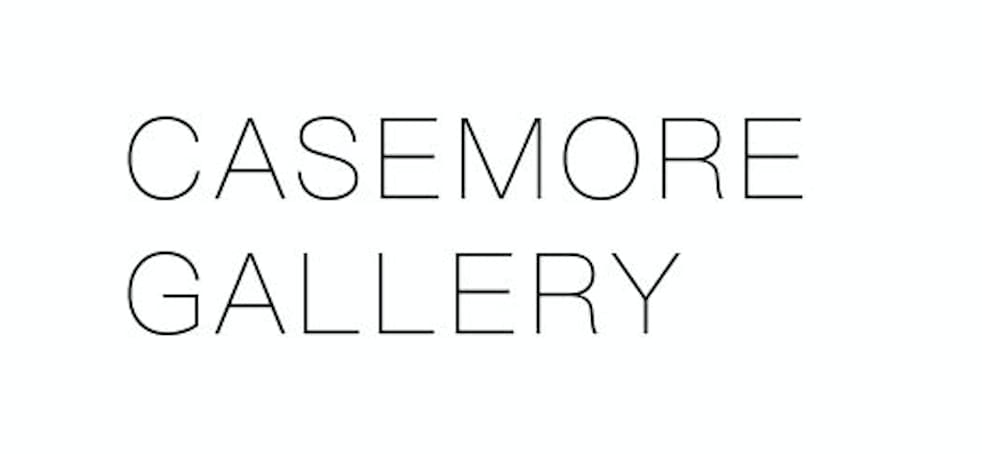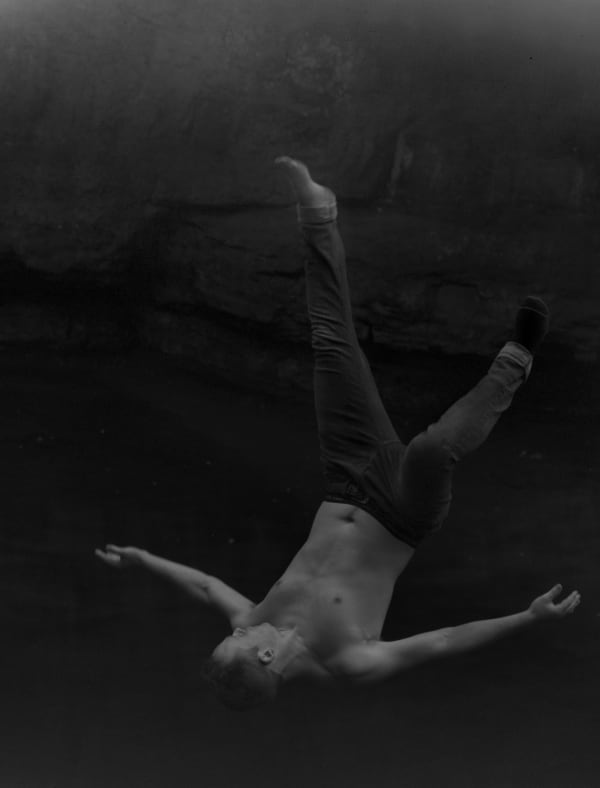-
 Larry Sultan Untitled, from the series "Swimmers," [Red Haired Baby] , 1978-82
Larry Sultan Untitled, from the series "Swimmers," [Red Haired Baby] , 1978-82Casemore Gallery at Paris Photo 2023
-
Casemore Gallery is pleased to present work by Jim Goldberg, Sean McFarland, Raymond Meeks, Larry Sultan, Lindsey White, and Kanoa Zimmerman for Paris Photo 2023.
-
-
-
-
-
-
-
-

Larry Sultan
Silver Curtain, 1997
Archival Pigment Print
60 x 50 inches (152.4 x 127 cm)
Edition 9 of 10 + 2 AP
-
![Larry Sultan Untitled, from the series "Swimmers," [Red Haired Baby] , 1978-82 Archival pigment print 36 x 55 inches (50.8 x 60.96 cm) Edition 1 of 3, 2 AP](data:image/gif;base64,R0lGODlhAQABAIAAAAAAAP///yH5BAEAAAAALAAAAAABAAEAAAIBRAA7)
Larry Sultan
Untitled, from the series "Swimmers," [Red Haired Baby] , 1978-82
Archival pigment print
36 x 55 inches (50.8 x 60.96 cm)
Edition 1 of 3, 2 AP -

Larry Sultan
Belarus #1, 2006
Archival Pigment Print
30 x 40 inches (76.2 x 101.6 cm)
Edition 4 of 6 + 2 AP
-
-

Lindsey White
Credits and Cop-Outs, 2021
Silver Gelatin Print, Gouache Paint
24 x 30 inches (60.96 x 76.2 cm)
Unique -

Kanoa Zimmerman
Diver 10, 2009
Silver Gelatin Print
50 x 34 inches (127 x 86.36 cm) Unframed; 57 x 41 inches (144.78 x 104.14 cm) Framed
Edition 2 of 3
Casemore Gallery at Paris Photo 2023
Past viewing_room

















![Larry Sultan Untitled, from the series "Swimmers," [Red Haired Baby] , 1978-82 Archival pigment print 36 x 55 inches (50.8 x 60.96 cm) Edition 1 of 3, 2 AP](https://artlogic-res.cloudinary.com/w_600,c_limit,f_auto,fl_lossy,q_auto/ws-artlogicwebsite0019/usr/exhibitions/images/feature_panels/203/sulswm_38.80_sulswmbb05_13_red_haired_baby_v3-copy-2.jpg)


